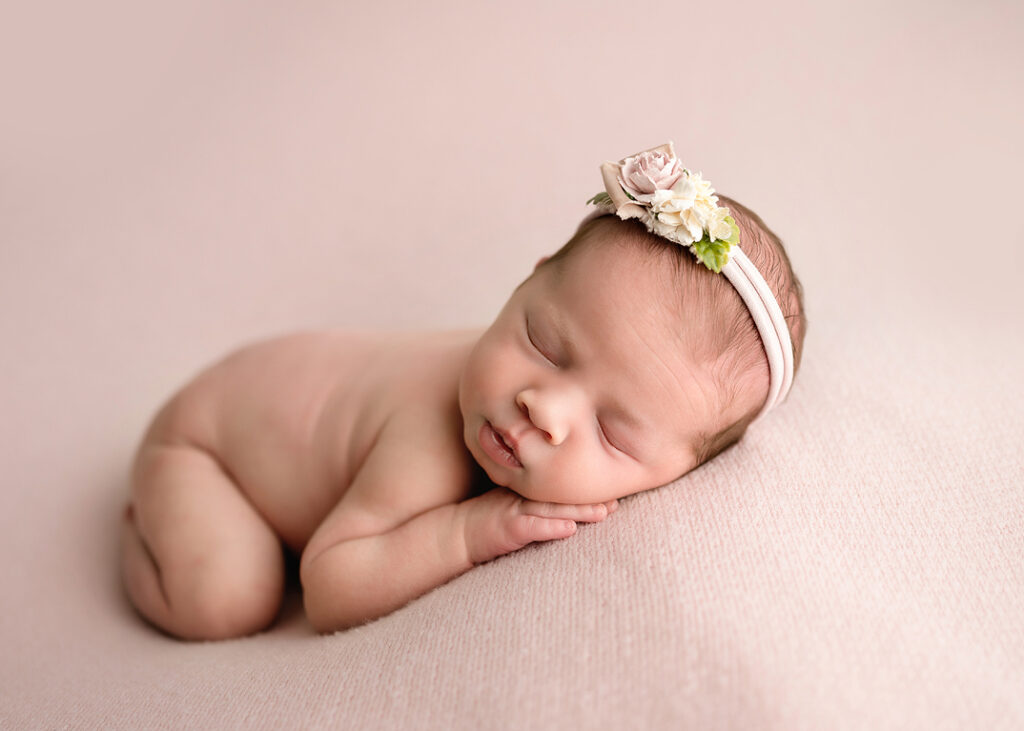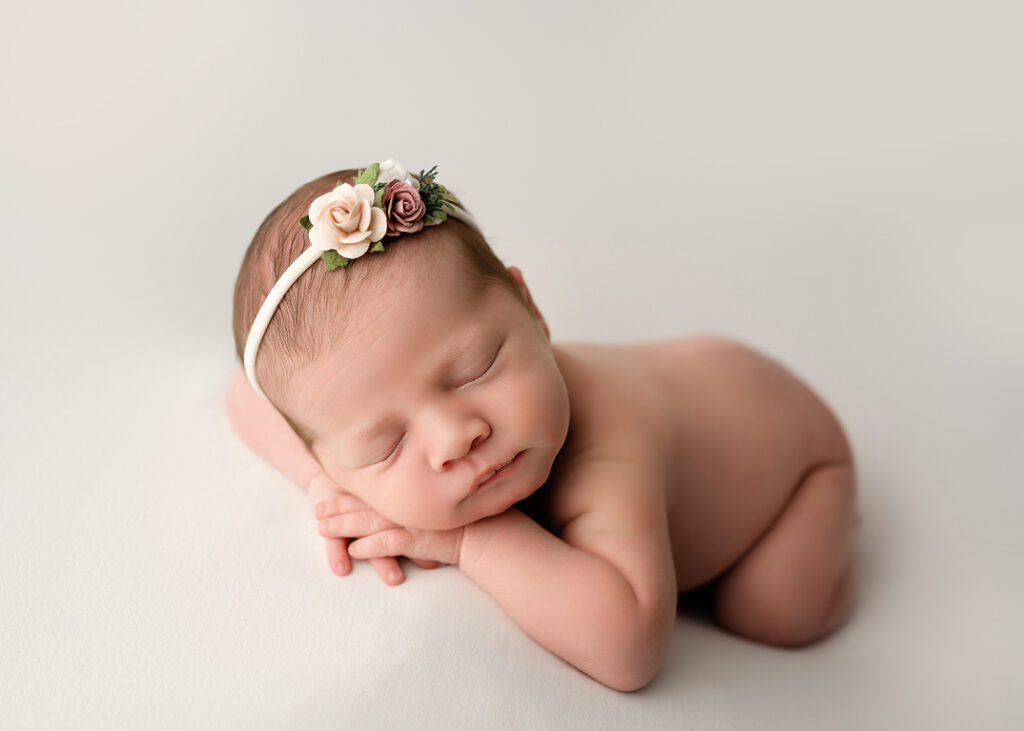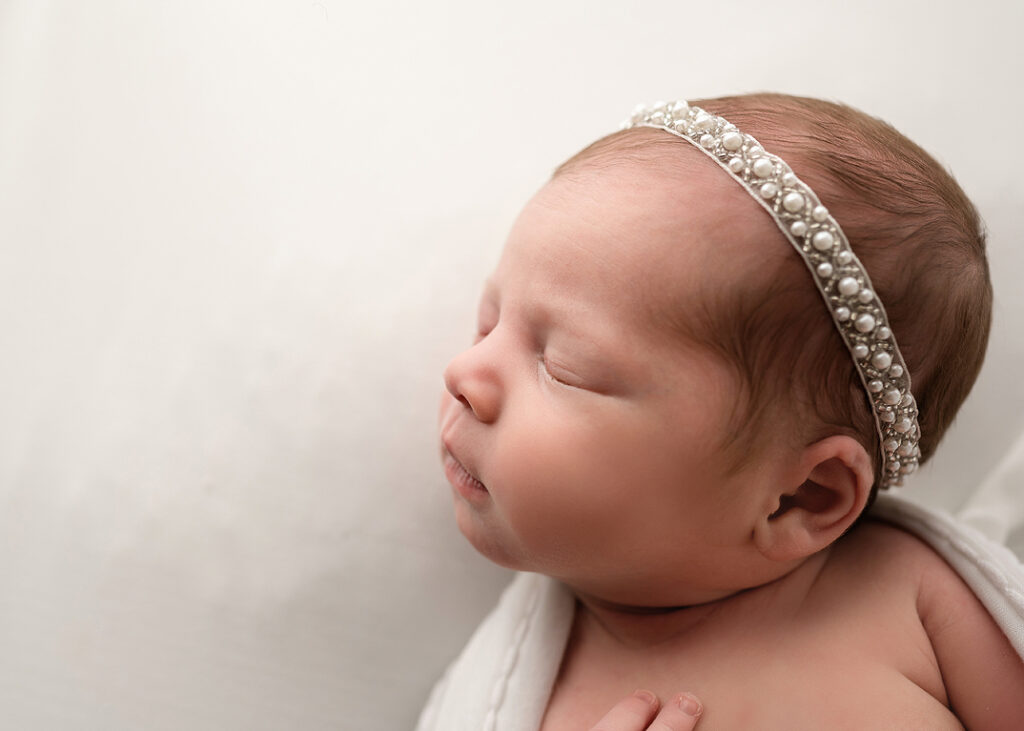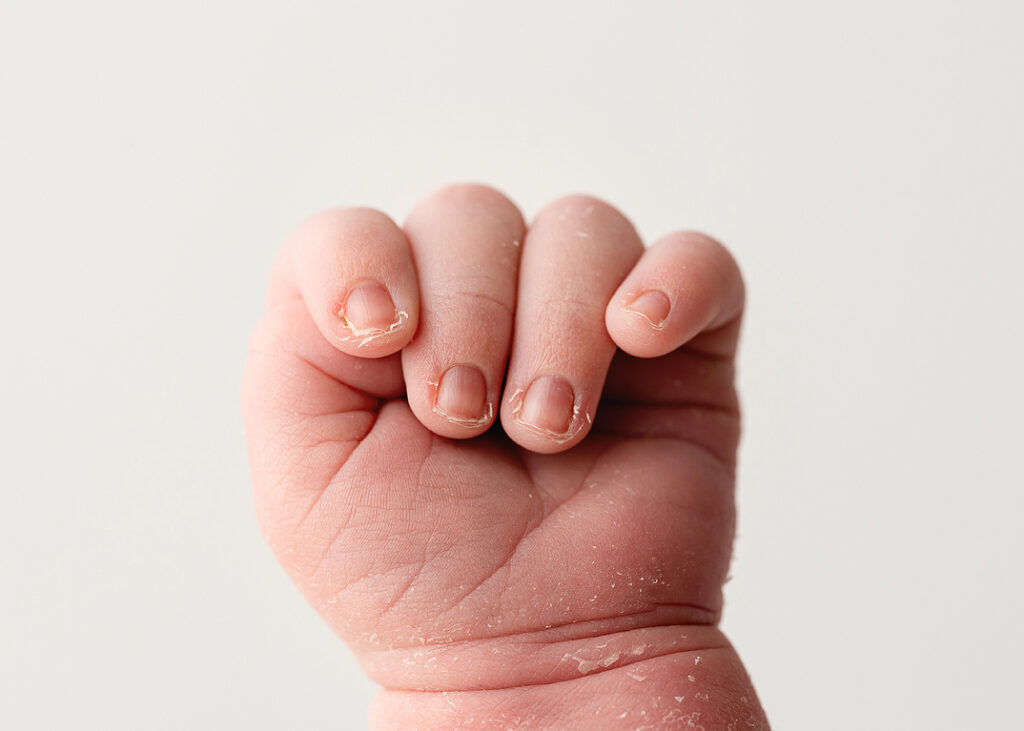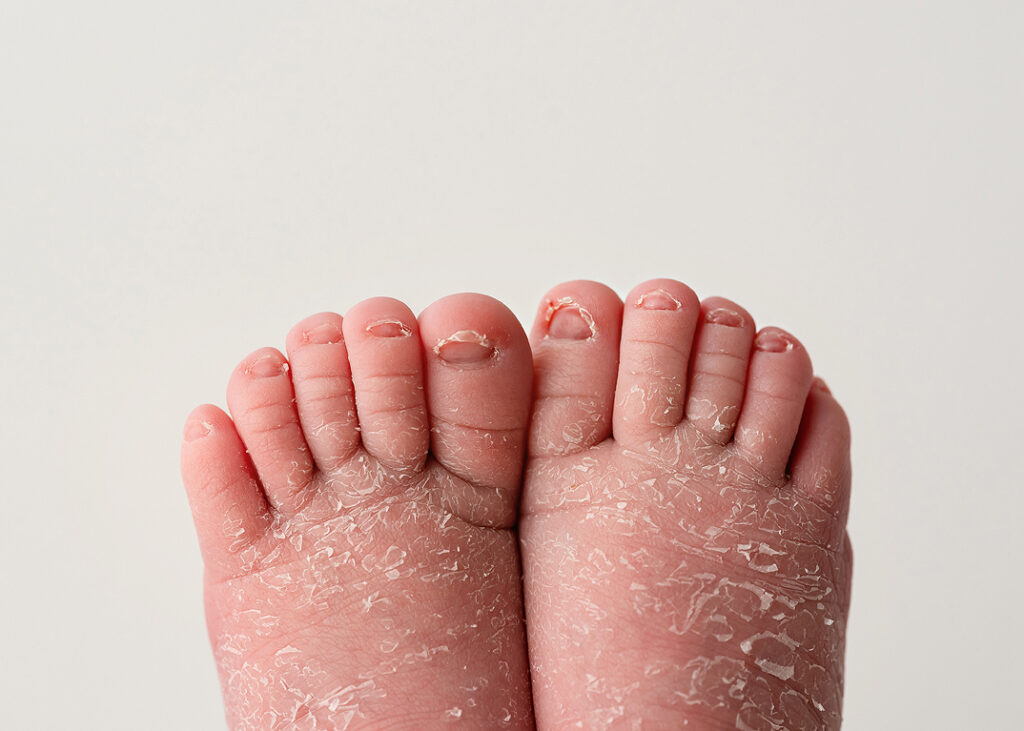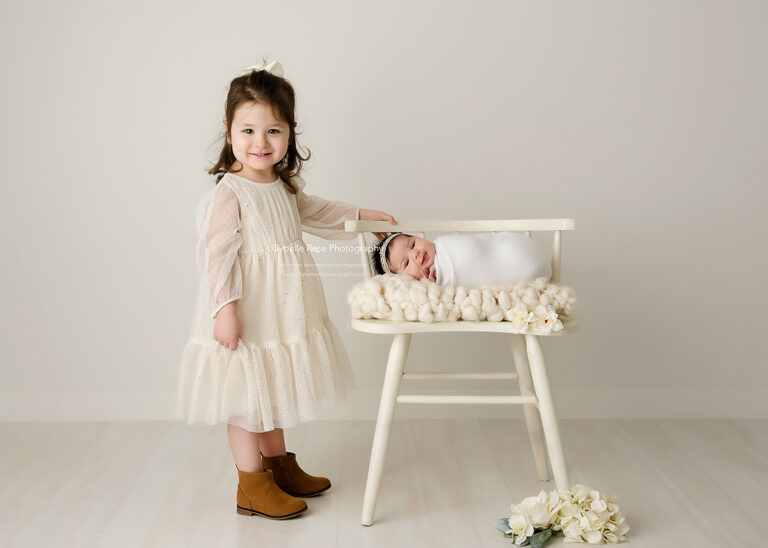Safe sleep practices for newborn baby
Precious Mile and her beautiful sister are helping us smile as we focus on a very important topic. If you would like to learn more about a newborn session with me, head to Newborn Session Information & Pricing. I am just a contact click away should you have any questions!
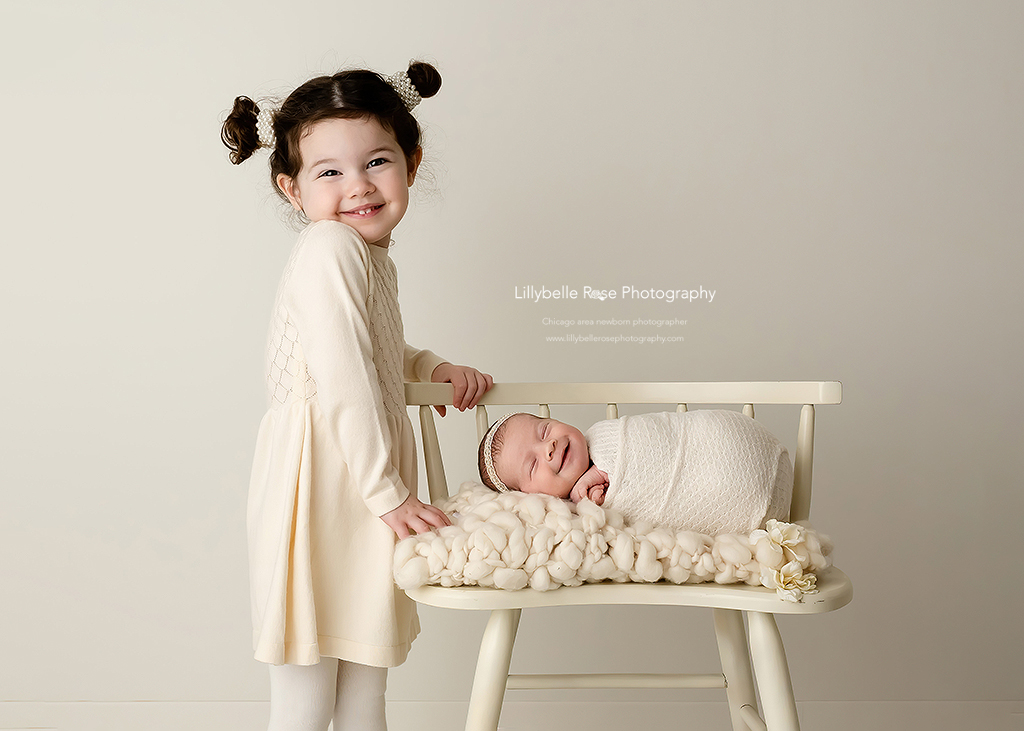
Sleep. It’s one of the most difficult things for new parents to navigate when they bring their baby home. Not only do you want to ensure your baby does sleep, but sleeps safely. So let’s discuss safe sleep practices for newborn baby.
It is vitally important to make sure your baby has a safe sleep environment. According to the Centers for Disease Control and Prevention, every year in the United States approximately 3,500 infants die suddenly and unexpectedly during sleep – from Sudden Infant Death Syndrome (SIDS) or other causes.
The good news is that many of these loses can be prevented by taking simple steps to create a safe sleep environment for your baby. The following are some tips for creating a safe sleep environment for your infant:
Back to sleep for baby
Many parents may not be aware that the position in which their baby sleeps can greatly affect their risk of Sudden Infant Death Syndrome (SIDS). The American Academy of Pediatrics advises against placing your baby to sleep on his or her stomach or side, as these positions can increase the risk of SIDS.
Sudden infant death syndrome (SIDS) is when a baby passes away suddenly and unexpectedly. SIDS is the leading cause of death for babies between 1 month and 1 year old. There is no specific cause, but researchers believe that placing babies on their backs to sleep greatly reduces the risk.
Make sure your baby sleeps on a firm surface
When it comes to sleeping, a firm surface is key. A baby’s mattress should be firm enough to support your baby’s head, neck and spine. Soft surfaces, like couches and pillows, can also increase the risk of SIDS.
It’s also important to make sure your crib mattress fits perfectly inside your baby’s crib without any gaps which can pose a hazard to your baby.
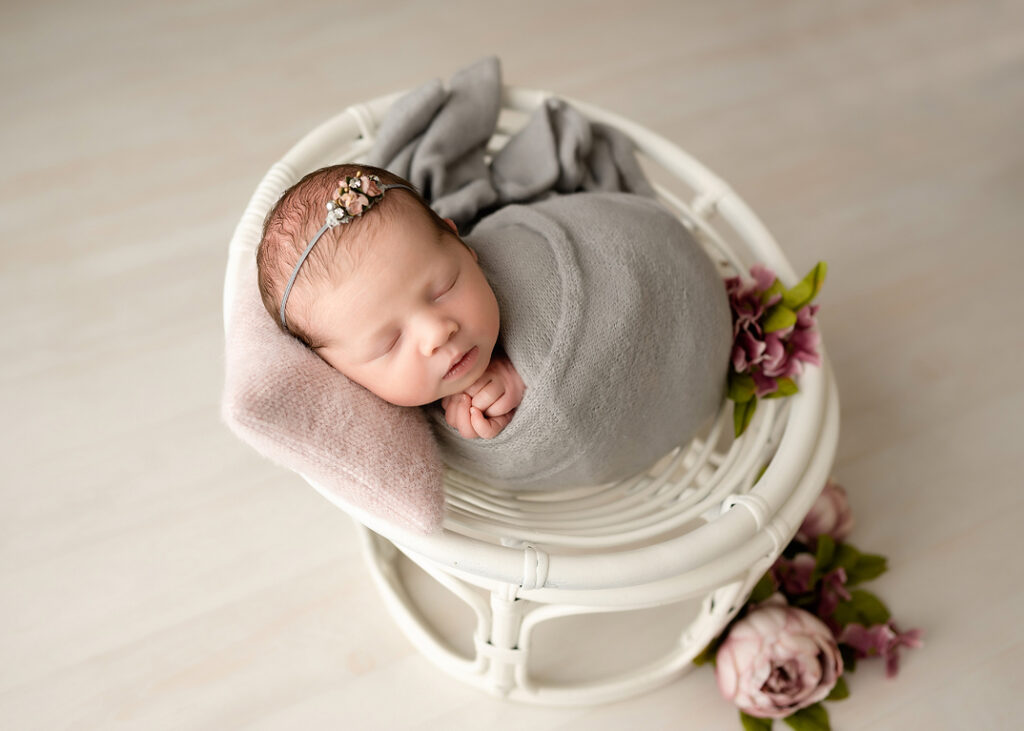
Remove soft objects and loose bedding from baby’s bed.
Pillows, quilts, comforters, toys, and other soft objects should be removed from your baby’s sleep area. These can increase the risk of SIDS or suffocation.
Instead, make sure your baby’s sleep area is clean and free of any clutter. This will create a safe and comfortable environment for them.
Check to make sure your crib or mattress has not been recalled. You can visit the Consumer Product Safety Commissionand search “crib” and “mattress” to see if any of your items appear on the recall list.
Keep baby’s sleeping area cool
Keep the room where your baby sleeps cool and at a comfortable temperature. A baby’s body is not as good at regulating temperature as an adult’s, so it’s important to make sure the room is not too hot or too cold.
You can use a light blanket or swaddle to keep your baby warm, but be sure not to overheat the room. You should also consider using a fan in the room to create a gentle, consistent airflow.
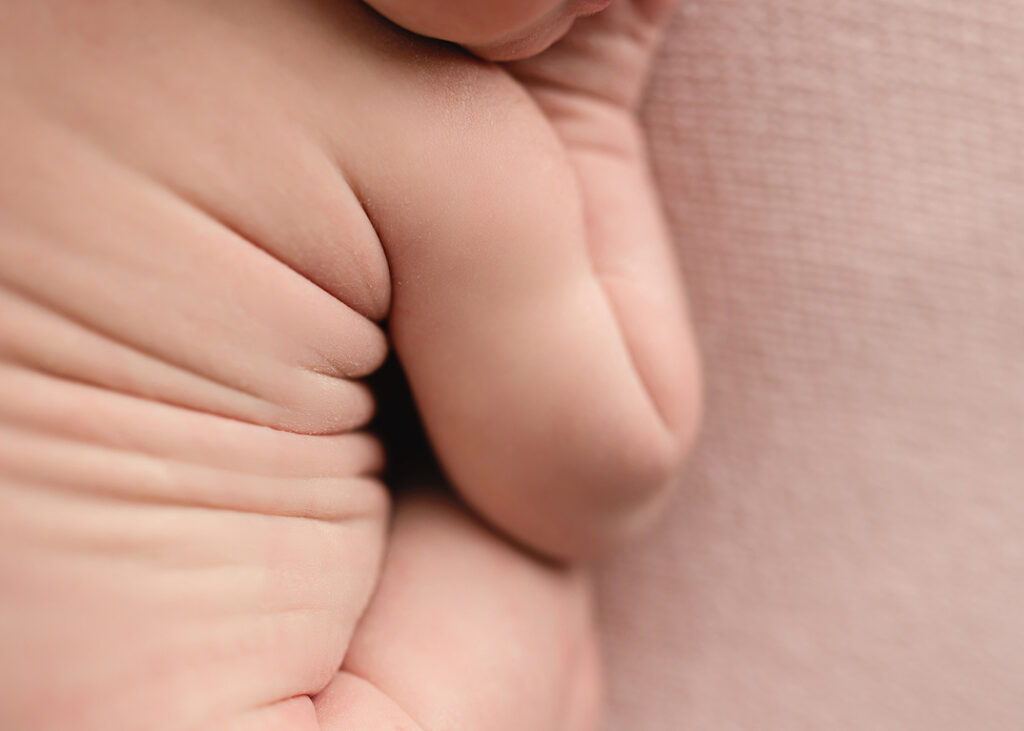
Swaddle devices
Swaddle devices are great for keeping baby warm and comfortable while she sleeps.
When using a swaddle device, make sure it is tight enough so that your baby cannot wiggle out of it, but not too tight as this can be dangerous.
Also, be sure to stop using the swaddle device once your baby starts to roll over or is able to get out of it on her own.
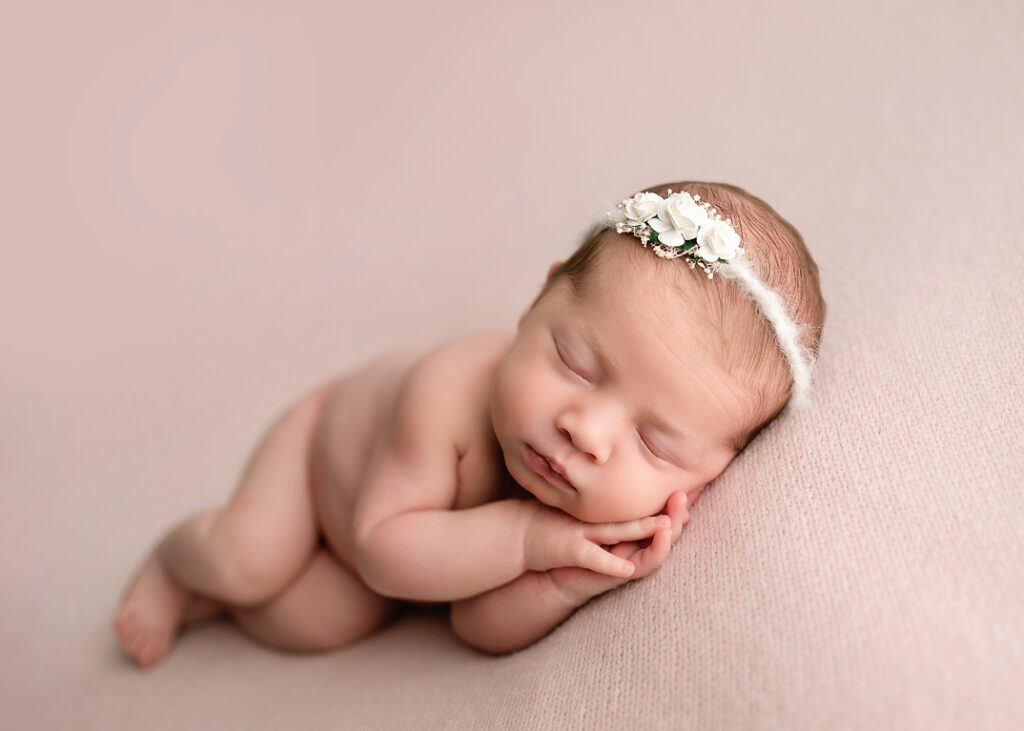
Share a room with your baby for the first six months.
The AAP recommends that babies sleep in the same room as their parents for at least the first six months of life. This is because sharing a room with your baby can reduce the risk of SIDS by as much as 50%.
However, sharing a room with your baby does not mean sharing your bed with your baby. In fact, doctors urge parents not to allow their baby to sleep in bed with them.
Avoid smoking during pregnancy and after your baby is born.
Exposure to secondhand smoke also increases the risk of SIDS. Secondhand smoke from cigarettes contains chemicals that seem to disrupt the brain’s ability to regulate infants’ breathing.
